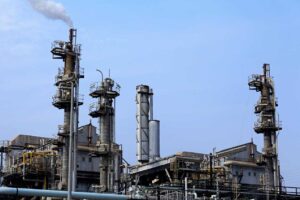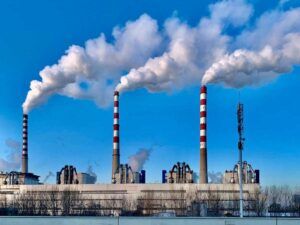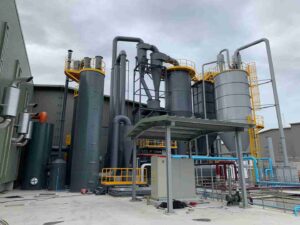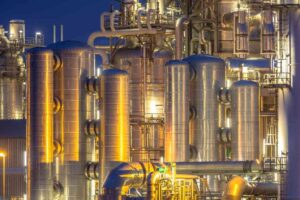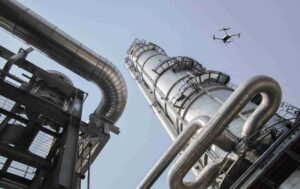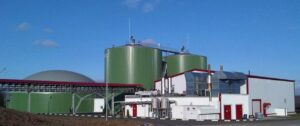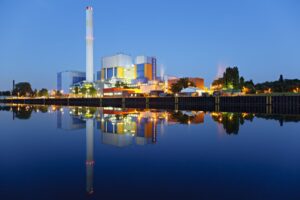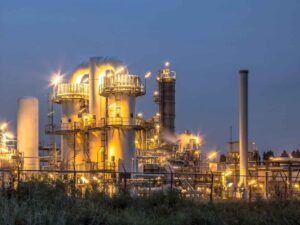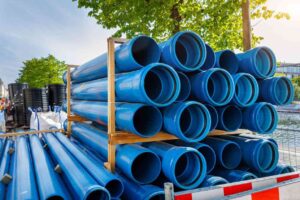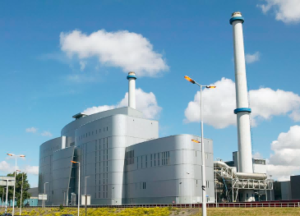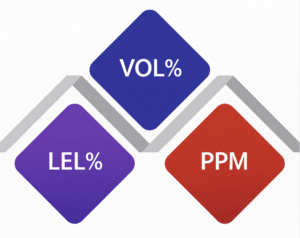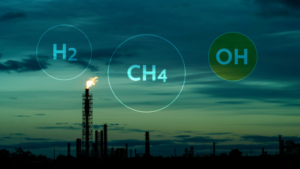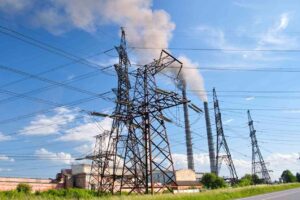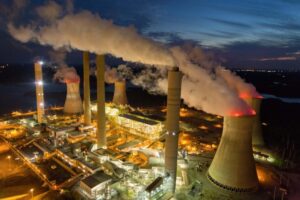Toxic emissions threaten both equipment and lives—flue gas analyzers provide real-time insights that prevent disasters before they happen.Flue gas analyzers are essential for monitoring hazardous sulfur compounds in natural gas purification plants, ensuring operational safety, regulatory compliance, and process optimization.
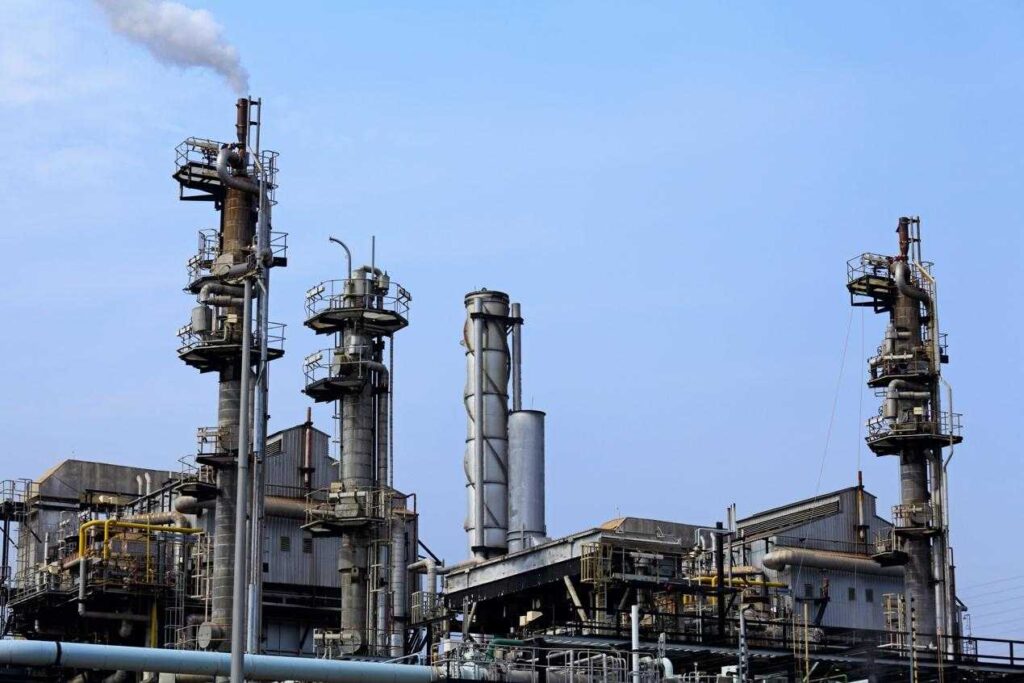
While some may feel reassured by routine inspections, the volatile nature of high-sulfur gas processing demands constant vigilance—this is where gas analyzers redefine safety standards.
Why Does High-Sulfur Natural Gas Processing Involve Elevated Risks?
Invisible, corrosive, and deadly—hydrogen sulfide turns routine operations into high-stakes environments.
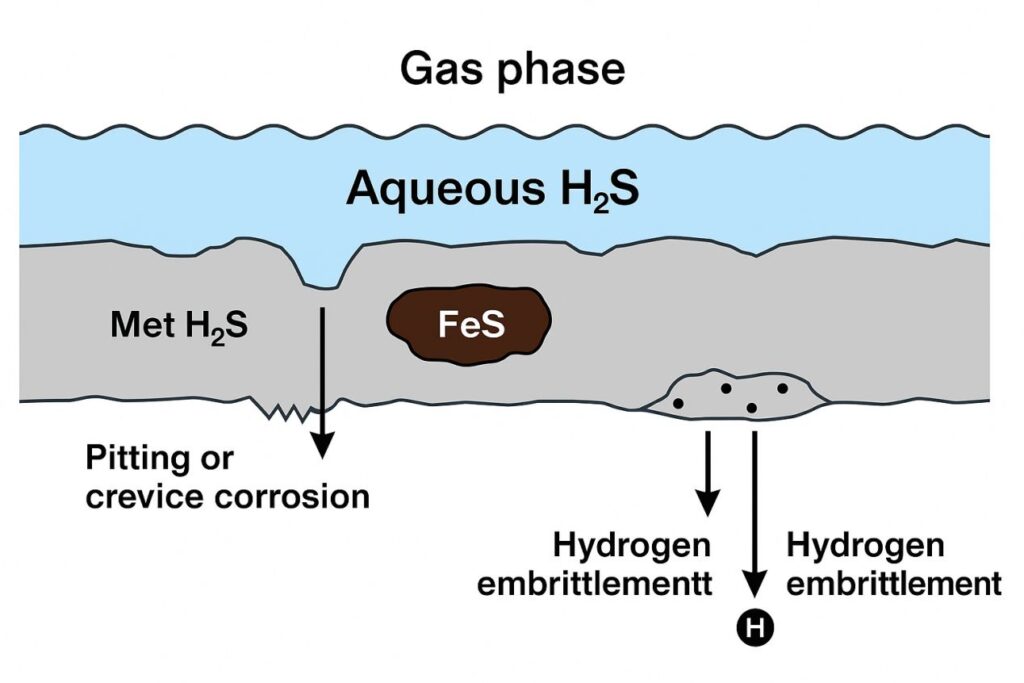
High-sulfur natural gas contains elevated concentrations of hydrogen sulfide (H₂S), a gas that is not only extremely toxic but also highly corrosive and flammable. Even at concentrations as low as 10 parts per million (ppm), H₂S poses serious health risks—causing eye irritation, respiratory distress, or even unconsciousness with short exposure. Beyond its toxicity, H₂S reacts aggressively with metals, forming iron sulfide and leading to sulfidation, a corrosion mechanism that can weaken pipelines, valves, and reactor vessels. This degradation increases the likelihood of leaks, ruptures, and catastrophic failures, especially under high temperature and pressure conditions commonly found in gas sweetening units or Claus sulfur recovery systems.
Additionally, if H₂S mixes with oxygen in the air during leaks, it can form sulfur dioxide (SO₂)—another harmful compound and a precursor to acid rain. A single undetected leak can endanger workers, contaminate products, and shut down an entire facility. Because of these risks, regulatory bodies often require continuous monitoring, not just periodic sampling. The elevated operational dangers and regulatory consequences make high-sulfur gas processing one of the most challenging and safety-critical areas in the gas industry.
How Do Flue Gas Analyzers Detect Critical Pollutants?
Precision equals protection—advanced sensors identify key emissions in seconds.
In high-sulfur natural gas processing, detecting hazardous gases like hydrogen sulfide (H₂S), sulfur dioxide (SO₂), and carbon monoxide (CO) in real time is essential. Flue gas analyzers are engineered to meet this challenge through a combination of sensitive detection technologies and robust design.
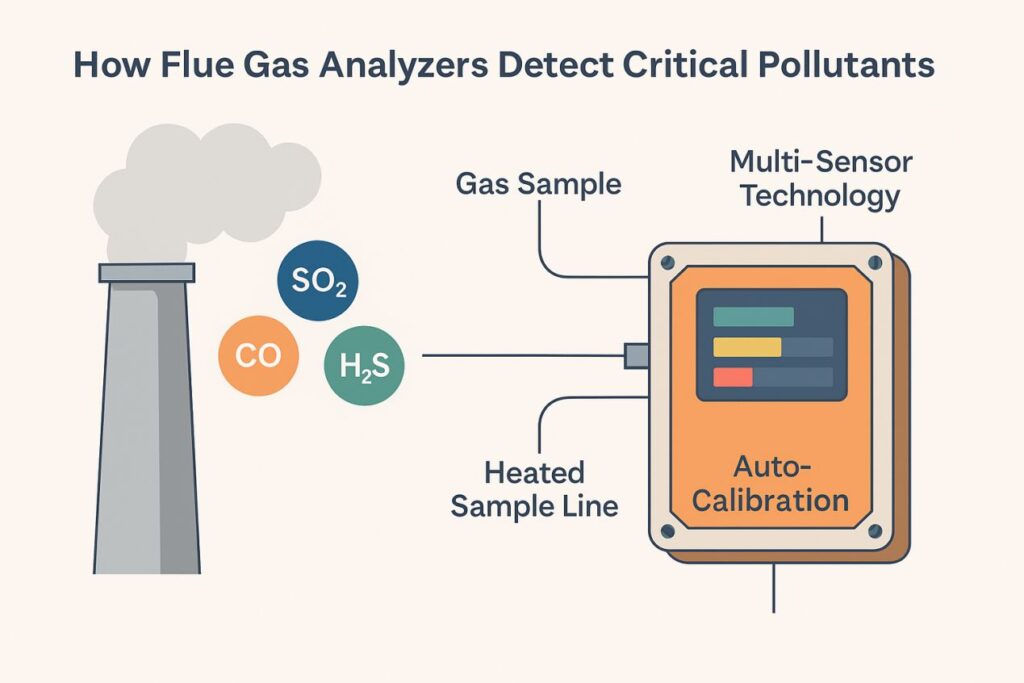
Here’s how they work:
- Multi-Sensor Technology
Modern analyzers combine infrared (NDIR), electrochemical, and paramagnetic sensors to simultaneously detect multiple gases. Each sensor type targets specific pollutants with high accuracy.
- High-Resolution Sampling Systems
Analyzers draw small, continuous gas samples from process lines, often with heated sample lines to prevent condensation or sulfur deposition—critical in high-H₂S environments.
- Fast Response Time
With real-time data output (often <10 seconds), operators can take immediate corrective actions if gas levels exceed safety thresholds.
- Auto-Calibration & Drift Compensation
Built-in systems periodically calibrate sensors and compensate for signal drift, ensuring long-term accuracy and reliability even under harsh operating conditions.
These features make flue gas analyzers indispensable for maintaining safe concentrations, preventing explosions, and avoiding regulatory violations. In sulfur-rich environments, real-time accuracy isn’t just beneficial—it’s life-saving.
What Role Do Flue Gas Analyzers Play in Emission Control and Compliance?
Environmental non-compliance is not just a financial liability—it’s a threat to your license to operate. Flue gas analyzers offer the visibility and control needed to meet today’s strictest emission standards.
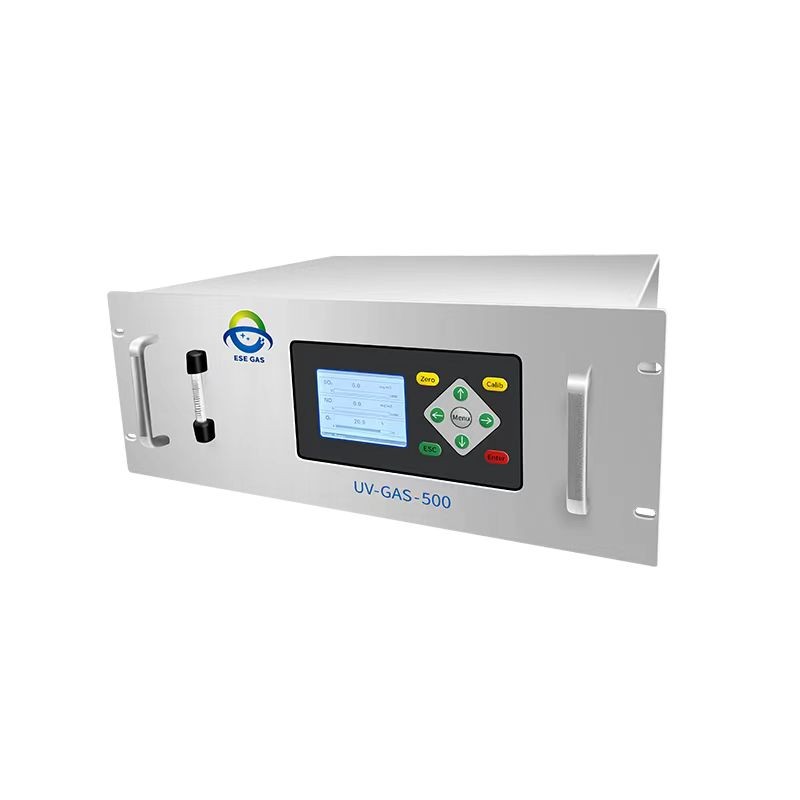
In high-sulfur natural gas purification plants, the release of toxic gases like sulfur dioxide (SO₂), hydrogen sulfide (H₂S), and nitrogen oxides (NOₓ) poses serious environmental and legal challenges. Flue gas analyzers are central to emission control because they continuously measure and report these pollutants with high accuracy, ensuring real-time compliance and strategic emission reduction.
Key Functions in Compliance Management:
Flue gas analyzers form the sensor core of CEMS, a legally mandated solution in many countries under regulations like:
- US EPA 40 CFR Part 60/75
- European Directive 2010/75/EU (IED)
- China GB13223-2011 for thermal power
These systems provide 24/7 monitoring of emission concentration, flow rate, and mass discharge, feeding directly into regulatory reporting systems.
- Real-Time Threshold Alerts & Automated Shutdown Integration:
Many analyzers integrate with plant DCS or SCADA systems to trigger alarms or initiate partial shutdowns when emissions exceed preset limits. This minimizes the risk of fines, legal injunctions, or damage to community trust.
- Certified Data Logging and Reporting:
Modern systems record, encrypt, and timestamp data for regulatory audits. Compliance reports can be exported in formats pre-approved by environmental agencies, ensuring readiness for inspections or third-party verification (e.g., ISO 14001 audits).
- Emission Trends for Strategic Planning:
Long-term analyzer data helps operators detect gradual emission drifts, plan scrubber maintenance, or upgrade desulfurization units—thereby preventing chronic violations.
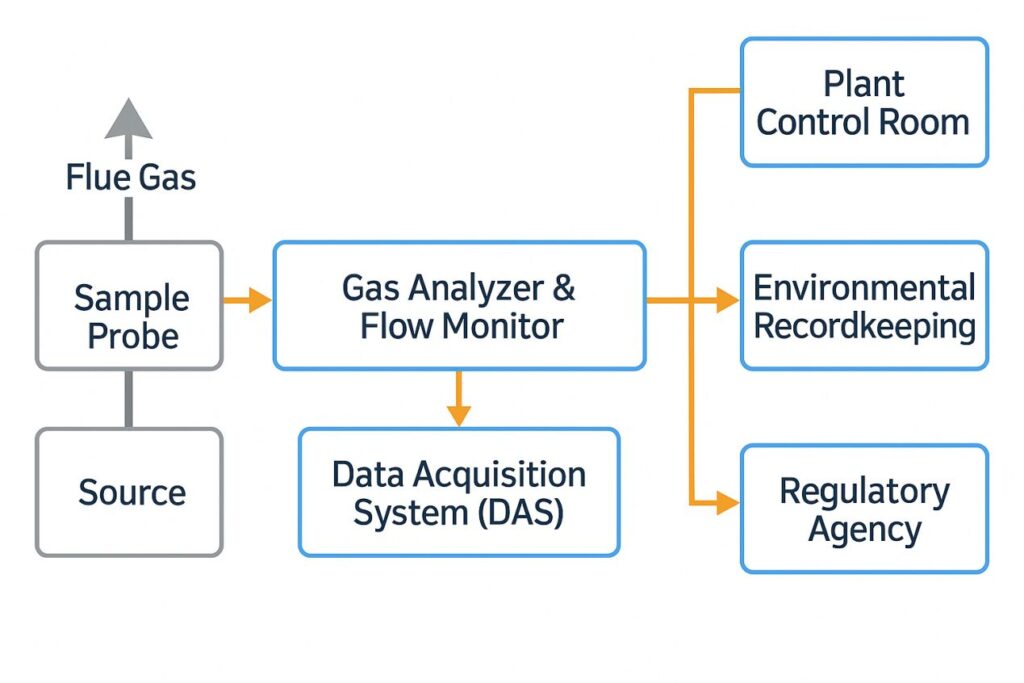
Ultimately, flue gas analyzers are not just for measurement—they are active enablers of environmental governance, corporate responsibility, and license security in an increasingly regulated energy world.
How Does Gas Analysis Support Process Optimization?
Inefficiencies hide in unmeasured data—gas analysis exposes waste, enabling smarter, cleaner operations.
In high-sulfur natural gas treatment, process optimization isn’t just about throughput—it’s about balance: maximizing recovery, minimizing emissions, and protecting assets. Flue gas analyzers serve as diagnostic tools that provide continuous insight into combustion, desulfurization, and emission control systems.
Here’s how gas analysis directly supports process optimization:
- Combustion Efficiency Monitoring
By continuously analyzing O₂, CO, and unburned hydrocarbons in flue gases, analyzers allow engineers to fine-tune the air-fuel ratio in thermal oxidizers, Claus units, or process heaters. This not only reduces excess fuel consumption but also minimizes pollutant formation at the source.
- Sulfur Recovery Optimization
In sulfur recovery units (SRUs), flue gas analyzers monitor the H₂S/SO₂ ratio across thermal and catalytic stages. Maintaining the “2:1” stoichiometric balance improves conversion efficiency and ensures full reaction of toxic gases, reducing tail gas treatment load.
- Predictive Maintenance via Trend Analysis
Analyzers track shifts in gas composition over time—indicating potential fouling in heat exchangers, catalyst deactivation, or absorber inefficiency. These insights allow for proactive maintenance, reducing costly unplanned shutdowns.
- Real-Time Control Feedback
Integration with Distributed Control Systems (DCS) allows flue gas data to automatically regulate valves, flow rates, or temperature setpoints in closed-loop control—enhancing stability and reducing operator intervention.
- Energy Efficiency Gains
Reduced rework, optimized combustion, and fewer process upsets lead to measurable energy savings—often 5–10% in gas treatment facilities using real-time gas analysis.
In sum, gas analyzers transform data into action. Rather than reacting to faults or emissions, facilities gain the foresight to adapt processes continuously—resulting in safer, leaner, and more sustainable operations.
What Are the Technical Features That Enhance Their Use in Harsh Environments?
In high-sulfur, high-temperature zones, only rugged and intelligent analyzers survive—anything less risks failure.
High-sulfur natural gas purification environments are among the most chemically aggressive and thermally unstable industrial settings. Flue gas analyzers used here must not only deliver accuracy—they must also withstand corrosion, particulate loading, thermal shock, and vibration. Their engineering features are what make continuous, reliable monitoring possible.
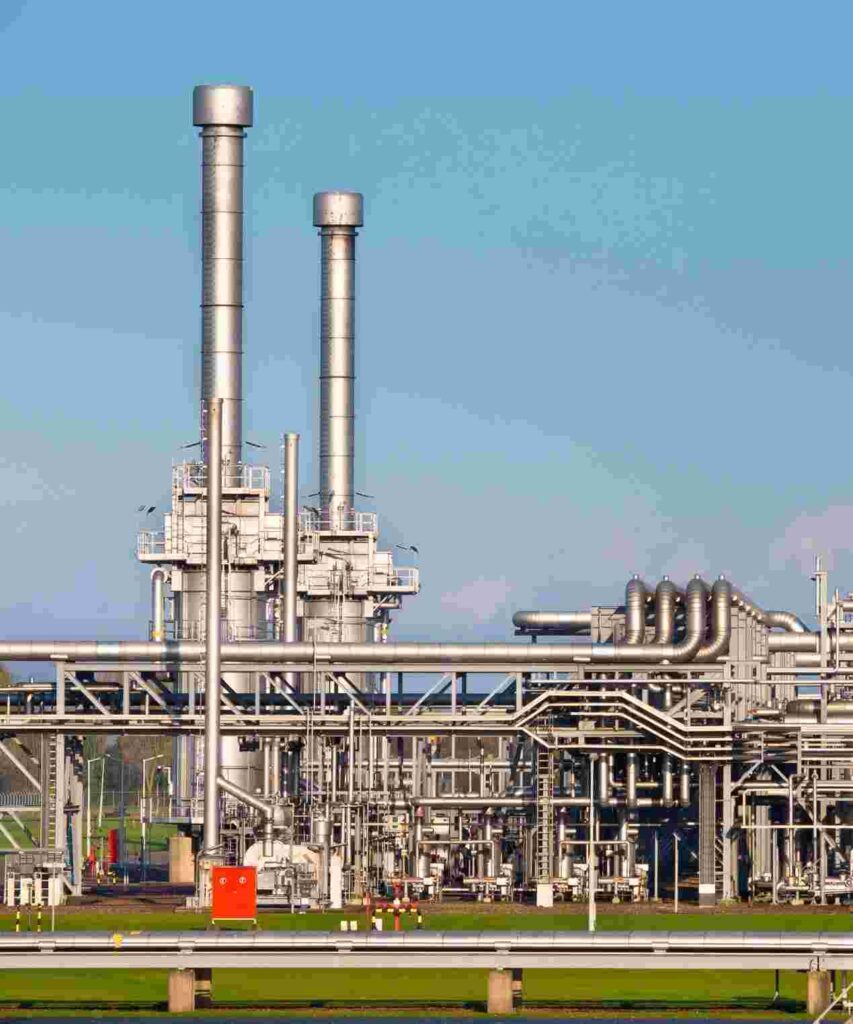
Key Technical Enhancements Include:
- Corrosion-Resistant Materials & Coatings
Analyzer enclosures and sample pathways are often constructed using 316L stainless steel, Hastelloy, or PTFE-lined components to resist attack from H₂S, SO₂, and acidic condensates. Internal seals use fluoropolymer or Viton to withstand chemical exposure without degrading.
- Heated Sample Lines & Probes
To prevent condensation and sulfur deposition in the sample stream, analyzers are fitted with temperature-controlled sampling lines (typically 120–180°C). This ensures that water and sulfur compounds remain in vapor phase during transit to the sensor module.
- Dust & Moisture Filtration Units
Inline particulate filters, moisture traps, and automatic drain valves protect sensitive sensors from fouling, especially in upstream sections where wet gas or entrained liquids are common.
- Smart Self-Diagnostics & Auto-Calibration
Embedded electronics constantly monitor sensor drift, flow rate stability, and internal temperature. Auto-calibration routines using reference gases or zero-air modules keep readings accurate with minimal manual intervention.
- Explosion-Proof & IP-Rated Enclosures
In hazardous areas (e.g., ATEX Zone 1), analyzers come with flameproof (Ex d) housings and IP65/IP66 ingress protection, shielding them from dust, gas, and liquid ingress.
- Remote Integration & Redundancy Support
Many units support Modbus, OPC, or PROFIBUS communication for seamless integration into SCADA/DCS systems. Some models offer dual-sensor redundancy or hot-swappable modules for uninterrupted operation.
Together, these features ensure flue gas analyzers not only survive—but deliver critical data reliably—where failure is simply not an option.
How Do They Influence Decision-Making at the Management Level?
Real-time insights turn data into dollars—strategic decisions start with reliable metrics.
Executives and plant managers rely on data to justify capital expenditures, schedule maintenance, and meet ESG targets. Flue gas analyzers offer a stream of actionable intelligence. Their readings can be used to benchmark performance across facilities, determine the effectiveness of upgrades, and validate carbon credit claims. With digital dashboards and cloud integration, managers now have fingertip access to real-time emissions and efficiency data—transforming them from reactive to proactive leaders.
What Are the Long-Term Cost Benefits of Deploying Flue Gas Analyzers?
Investing in flue gas analyzers may appear as a capital cost, but over time, it becomes a source of operational savings, risk reduction, and strategic value.
In high-sulfur natural gas purification plants, even a single unmonitored emission spike or equipment failure can result in catastrophic financial and reputational consequences. Flue gas analyzers, by continuously monitoring key pollutants such as H₂S, SO₂, and CO, act as an early warning system—preventing emergencies before they escalate. This directly reduces unplanned downtime, a major cost driver in gas treatment facilities where even short disruptions can lead to multi-million-dollar losses in production and contractual penalties.
Beyond safety, these analyzers improve process efficiency by enabling tight control of combustion and sulfur recovery units. When operators can access real-time gas composition data, they can optimize fuel usage, reduce chemical overuse, and minimize flaring. Over the course of months or years, these optimizations translate into reduced energy bills, extended catalyst life, and fewer consumables—all of which contribute to measurable bottom-line savings.
Regulatory compliance also plays a crucial role in cost justification. Plants equipped with certified flue gas monitoring systems avoid fines, lawsuits, or shutdown orders associated with emissions violations. Moreover, analyzers provide traceable digital records that simplify audits, saving time and resources otherwise spent on manual sampling, lab testing, and reporting.
Finally, with analyzers integrated into data platforms or DCS systems, managers gain long-term operational visibility. This enables predictive maintenance, capital planning, and strategic upgrades based on actual performance data—not assumptions. Over a typical 5–10 year lifecycle, the return on investment from a robust gas analysis system often exceeds initial cost severalfold, making it one of the smartest long-term infrastructure investments a processing plant can make.
Conclusion
In high-sulfur natural gas plants, flue gas analyzers are the frontline defense for safety, compliance, and performance—no facility can afford to operate without them.





